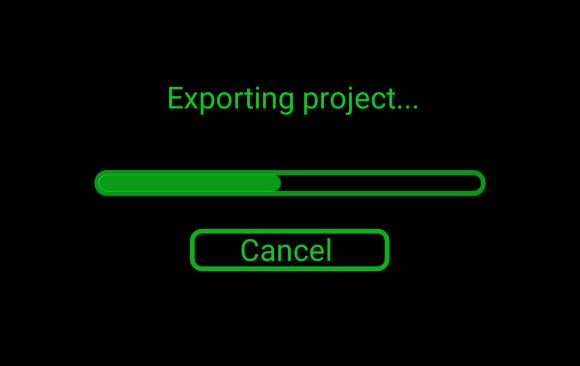


By Nicole W. Solomon
You’re finally through post-production and ready to share your complete video with the world. But how should you export it? There are many different options for compression and file types, and different situations may call for different choices. Read on for some ground rules that will help you export the appropriate format for any circumstance.
First, it is useful to understand that there are two primary components of a video format: codec and container.
“Codec” is a portmanteau meaning compression/decompression and refers to software that compresses and decompresses all the information in a file such as video, audio, and metadata. There are hundreds of codecs, but some of the most popular include H.264, HEVC (H.265), Apple ProRes, and AVI.
Containers are basically what they sound like -- the digital wrapper around all that information that holds it together and makes sure everything plays back correctly. All video containers can hold audio and video data, but can differ in their ability to hold subtitles, metadata, or other information. Common video containers include mp4 and mov.
Many editing platforms now offer a range of export templates for different platforms (Facebook, twitter, etc) but it is generally not necessary to export a new, specific file using these options for each place you want to put your video. YouTube, Vimeo, social media platforms, and virtually anywhere else on the internet where you might upload a video file will all convert and compress your export to conform to their own standards as part of the upload process, and they all work well with H.264. You will also be able to play the file back smoothly on almost all video players (Quicktime, VLC, Apple TV etc).
Generally speaking, unless you have been instructed otherwise, using the H.264 codec to export a MP4 video file at the highest quality available is almost always the best choice. H.264 is perhaps the most versatile video codec and an excellent default -- for now. High Efficiency Video Coding (HEVC) or H.265 is a newer, more efficient codec designed to eventually replace H.264. But we have a little while to go before that actually happens.
Depending on your plans, you may want a ProRes or Uncompressed AVI copy of your project in addition to an H.264. ProRes and Uncompressed AVI are high quality, virtually lossless (and thus larger) video formats you probably wouldn’t use for a YouTube upload or Instagram reel, but can be tremendously useful in particular situations. Specifically, if you want to preserve a completed copy of a project for archival purposes, ProRes or Uncompressed AVI are great choices. These can also work if you are exporting video to be worked on using another piece of software -- like for color grading or digital effects. Additionally, some film festivals request or require these formats in order to screen shorts or features so they look their very best on a big screen.
If your project is going to be screened as part of a film festival or otherwise in a movie theater, the host may want your deliverables in the form of a Digital Cinema Package or DCP. This is the standard format for digital projections. You generally cannot export a DCP directly from your editing software unless you have a pricey plugin like Easy DCP (Davinci Resolve) or Wraptor (Adobe Media Encoder). Unless you expect to be cranking out these things all the time, it may be more economical to enlist the aid of a DCP house when you need one. Any DCP house will give you the exact deliverable specs they need, so you can export your video for them properly.
When deciding how to export your work, you should always defer to the instructions given by whoever you are delivering it to -- if they have specific needs, they should be communicated. In the absence of clear guidance, though -- unless you are archiving your work or screening it via digital projector -- H.264 is almost always the answer…for now.
Nicole W. Solomon is a Brooklyn-based filmmaker and media educator. She is half of the independent production company 4Milecircus and co-hosts the film discussion podcast The Celluloid Mirror.